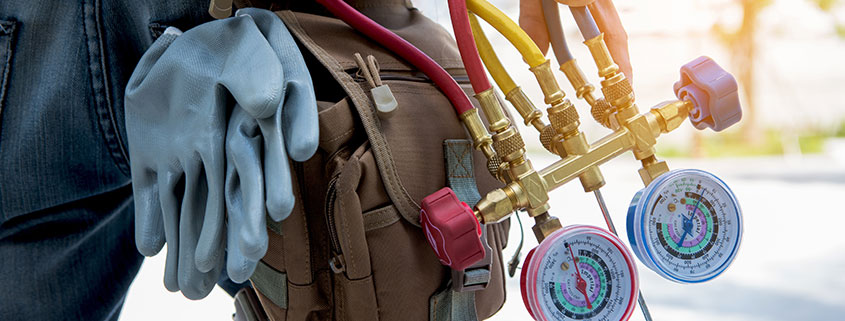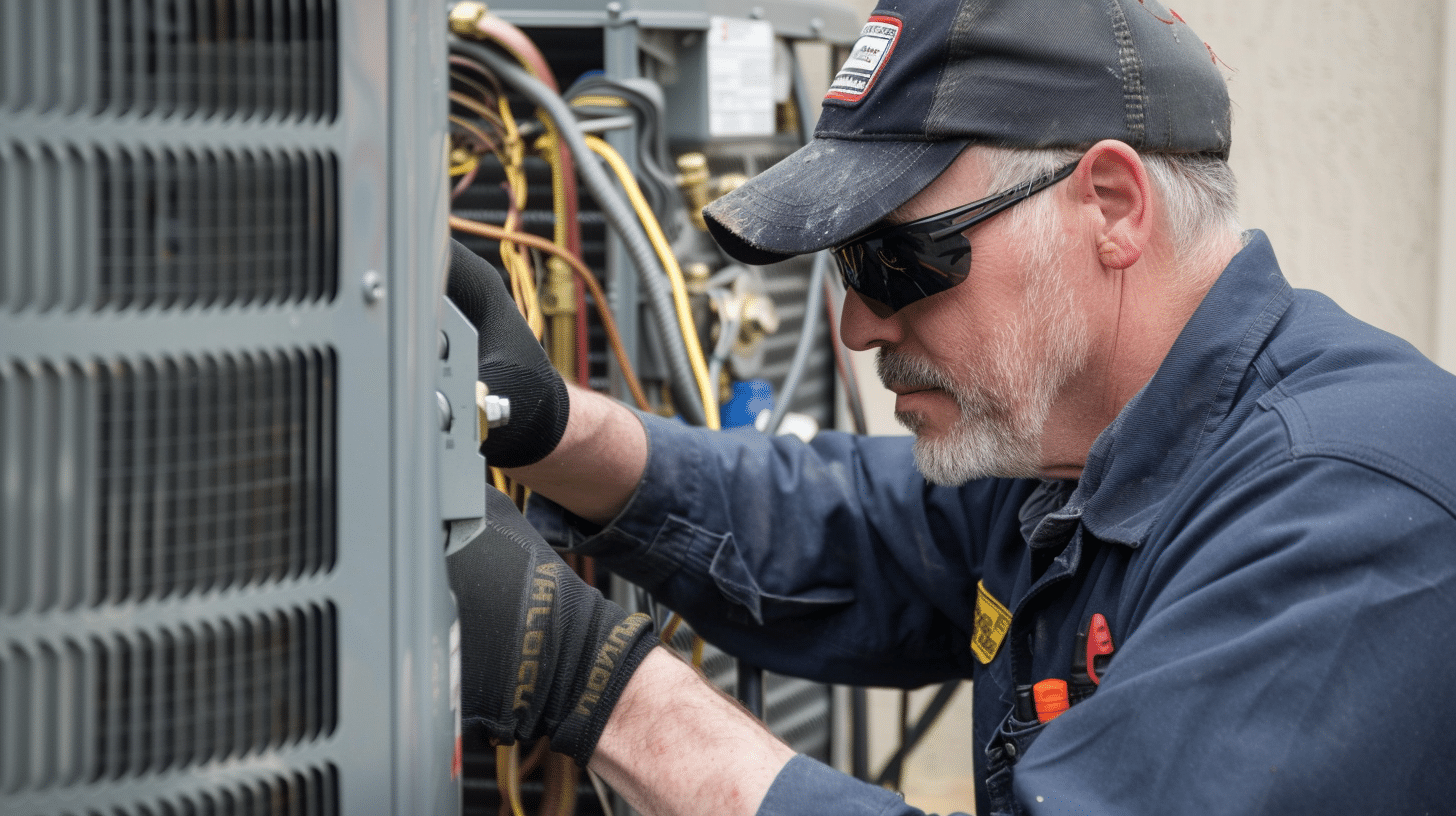Important Questions to Ask Your Air Conditioning Contractor in Brownwood TX
The Relevance of A/c Setup: Trick Factors To Consider for a Comfortable Indoor Setting
The setup of a HVAC system is an essential element in achieving a comfortable and energy-efficient indoor setting. Factors such as the viability of the system for particular building needs, proper sizing to prevent inadequacies, and the knowledge of specialists for a top quality installment play critical duties. The adoption of sophisticated technologies can considerably improve system performance.
Choosing the Right System

When picking a heating and cooling system, it is essential to review the capacity needed to properly warm or cool down the area without straining the system, which can lead to enhanced wear and functional prices. Consulting with a specialist heating and cooling specialist can offer useful understandings right into selecting a system that lines up with both the awaited usage and the architectural layout patterns of the building.
In addition, thinking about the integration of smart modern technology can enhance system monitoring and tracking, providing greater control and possible cost savings. By thoroughly assessing these aspects, one can make certain the selection of a HVAC system that not only fulfills instant needs but also adds to long-lasting operational sustainability and owner convenience.
Comprehending Energy Performance
Comprehending power efficiency is necessary when thinking about an a/c setup, as it directly influences both the ecological impact and the operational expenses of the system. High-efficiency a/c units are designed to utilize less power to achieve the same level of convenience as less efficient versions, thus reducing energy bills and promoting sustainability. The performance of a cooling and heating system is typically shown by scores such as SEER (Seasonal Power Effectiveness Ratio) for a/c unit or AFUE (Annual Gas Application Effectiveness) for heaters. Greater scores signify higher effectiveness and lowered energy intake.

Buying an energy-efficient HVAC system not only converts to set you back financial savings however likewise contributes positively to ecological preservation by reducing greenhouse gas discharges. Additionally, numerous jurisdictions supply motivations or refunds for the setup of high-efficiency systems, further enhancing their economic charm.
When examining energy efficiency, consider innovative attributes such as variable rate electric motors, wise thermostats, and zoning capabilities. These technologies improve the system's ability to get used to varying demand, thereby optimizing power use. It is important to seek advice from heating and cooling professionals that can supply insights right into the finest options customized to particular environment problems and usage patterns, making sure maximum performance and comfort.
Importance of Correct Sizing

On the other hand, an undersized heating and cooling system will have a hard time to get to the wanted temperature level, specifically throughout extreme climate condition. This can result in continuous procedure, bring about greater energy prices and prospective overheating of system parts. In addition, insufficient sizing can result in inconsistent temperature level distribution, triggering specific locations of a structure to be also great or as well warm.
To attain the correct sizing, a detailed tons estimation is necessary. This includes assessing numerous aspects such as the building's square video, insulation levels, home window kinds, and local environment problems. By accurately determining the home heating and cooling demands of an area, cooling and heating professionals can advise systems that guarantee reliable operation, minimized energy intake, and enhanced interior convenience.

Making Sure Top Quality Installation
A seamless Heating and cooling installment is the keystone of a system's long life and efficiency. This specialist ought to possess extensive knowledge of diverse systems and be adept at assessing the specific demands of the structure.
Appropriate setup surpasses mere positioning of tools. It entails exact calibration to guarantee optimal airflow, reliable power usage, and uniform temperature circulation. This consists of exact ductwork installment, ensuring links are safe and secure and leak-free, which is critical for preserving system effectiveness and interior air top quality.
Furthermore, the execution of advanced analysis devices during installation can spot potential problems early, protecting against pricey repairs and extending the lifespan of the system. The specialist must additionally ensure that all components are suitable and that the system follows neighborhood building regulations and laws.
Regular Upkeep Practices
Once the structure for a high-performing HVAC system is developed with high quality installment, the focus needs to shift to normal maintenance practices to make sure continued effectiveness and integrity. Regular maintenance not only expands the life expectancy of the system however also improves interior air quality, decreases power consumption, and commercial air conditioning systems protects against costly check out here repair work. Important maintenance jobs include regularly altering air filters, cleaning evaporator article and condenser coils, and evaluating the system for leaks or blockages.
This easy task can substantially enhance air circulation and system efficiency. In addition, specialist technicians ought to evaluate the system each year, inspecting for cooling agent levels, electrical connections, and overall system efficiency.
Attention to ductwork is likewise important; securing and cleansing ducts consistently prevents air loss and contamination. Carrying out an upkeep schedule makes certain that small concerns are addressed prior to they rise, safeguarding the system's functional honesty. By adhering to these maintenance practices, property owners can enhance their heating and cooling system's performance and maintain a comfortable interior setting year-round.
Conclusion
By choosing a proper system tailored to certain structure requirements, understanding energy performance, and making certain correct sizing, inadequacies can be decreased. The participation of proficient specialists assurances quality installation, while the assimilation of sophisticated technologies boosts system efficiency and tracking.
Several kinds of Cooling and heating systems are available, consisting of split systems, crossbreed systems, duct-free systems, and packaged heating and air systems, each with distinctive benefits and constraints.
Comprehending energy efficiency is crucial when taking into consideration an A/c setup, as it directly impacts both the ecological impact and the operational expenses of the system. The performance of a Heating and cooling system is usually shown by rankings such as SEER (Seasonal Power Effectiveness Ratio) for air conditioners or AFUE (Yearly Fuel Use Effectiveness) for heating systems (lawn irrigation installation Brownwood TX).Once the structure for a high-performing A/c system is developed with top quality setup, the focus should change to normal maintenance techniques to guarantee ongoing performance and dependability. Additionally, specialist service technicians must inspect the system every year, examining for cooling agent degrees, electrical links, and total system efficiency